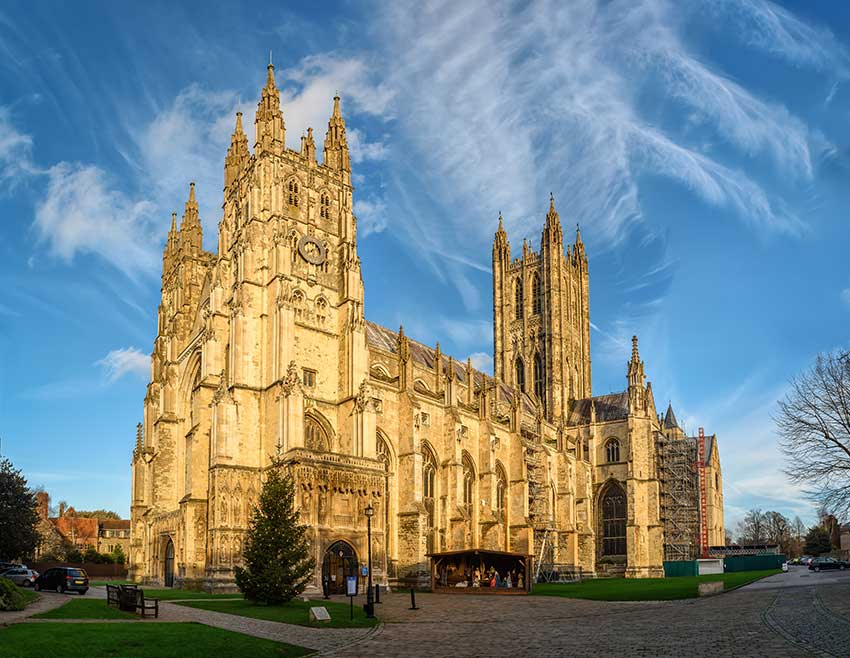
Notre Dame Paris and Canterbury Cathedral are the most important cathedrals in France and England and the two current cathedrals are almost identical in age. Fire has also now played a major part in the history of both of these hugely significant buildings and the connections between these two national icons are immense.
The 20 years between 1163 and 1184 during which these two remarkable cathedrals were built were so momentous architecturally, ecclesiastically and politically that what occurred at this time continues to impact the world even to this day.
An important year: 1163AD
1163 was a key year for both Paris and Canterbury – but for quite different reasons.
In Paris, the medieval chronicler Jean de Saint-Victor records in Memorial Historiarum that the laying of the cornerstone for the current Notre Dame took place between March and April 1163 by the then Bishop of Paris, Bishop Maurice de Sully in the presence of King Louis VII of France and Pope Alexander III.
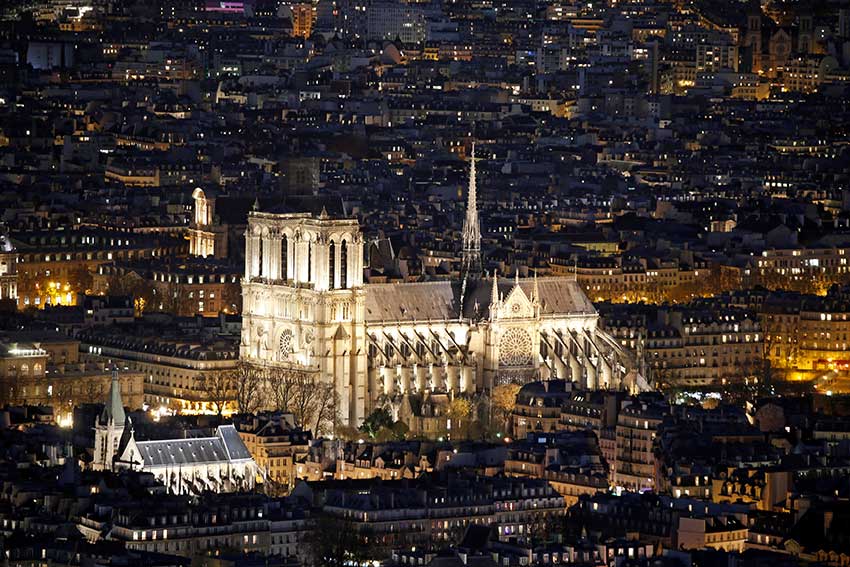
Churches had previously stood on the site of Notre Dame dating back to the Fourth Century and before that it is believed a Roman temple to Jupiter was located on the site. Bishop de Sully decided in 1160 to demolish the Ninth Century Romanesque Cathedral using some of the materials of the old cathedral to rebuild the “new” Notre Dame.
From 1163, steady progress was made on the construction of Notre Dame with the Choir completed in 1170 and the high altar consecrated in 1182 by Bishop de Sully in the presence of the Papal legate in Paris, Cardinal Henri de Château-Marçay. Construction and updates on various other parts of Notre Dame then continued for hundreds of years thereafter.
But while the masterpiece of Notre Dame was emerging in Paris, Europe’s greatest drama of the time was starting in England.
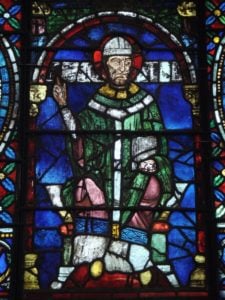
A dispute that would change history
In 1163 in Canterbury, a significant dispute broke out between King Henry II and Archbishop Thomas Becket over the nature of state influence over the church. The following year in October 1164, Becket voluntarily put himself in exile in France where he was provided protection by King Louis VII, first in an Abbey in Pontigny and then later in Sens.
Whilst Becket was in France, Bishop de Sully of Paris wrote to Pope Alexander several times advocating on behalf of Becket. Three of these letters still exist today. Considering the extent of de Sully’s interventions on behalf of Becket it seems likely the two bishops met in person, possibly in Paris, where Notre Dame was at that time half complete.
Becket ultimately did not return to England until 1 December 1170. Less than a month later on 29 December 1170 Becket was murdered in Canterbury Cathedral by four knights who acted under ambiguous and misunderstood orders from King Henry II to ‘rid me of this meddlesome priest.’ This chapter of history is famously retold in TS Eliot’s Murder in the Cathedral, produced last year in Sydney by Artes Christi.
After the conflagration: the state of French Catholicism
The dispute between Becket and Henry represents one of the earliest examples of the jurisprudential concept of the separation of church and state. It is important to note, though, that this particular dispute was over the limitations of the state to interfere in the affairs of the church whilst this concept is usually cited in modern contexts to assert the limitations of the church to interfere in the affairs of the state.
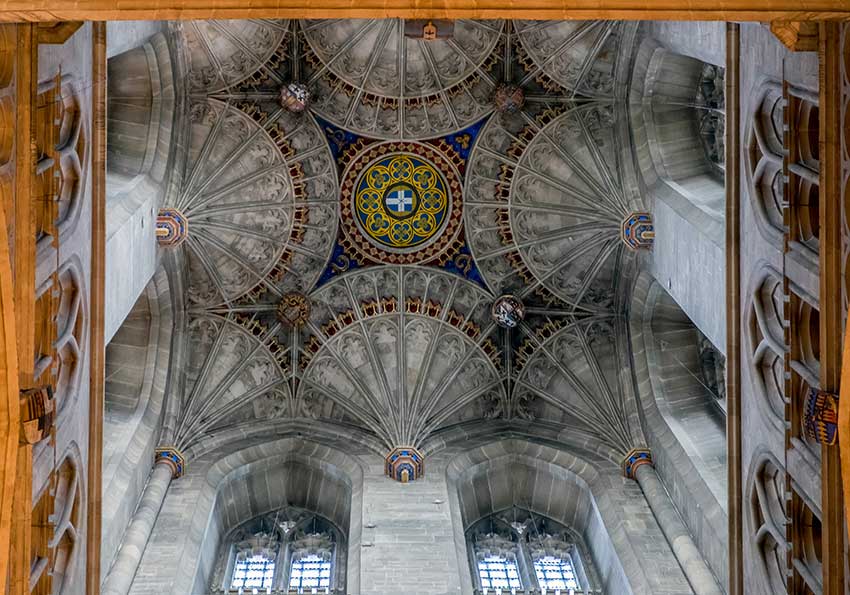
Following Becket’s martyrdom, a cult of the murdered Archbishop immediately sprang up, including many miracles attributed to the murdered bishop’s intercession. In February 1173 Pope Alexander III canonised St Thomas Becket in Segni, Italy. By this stage pilgrims were flocking to Canterbury from all over England.
But the drama at Canterbury was far from over.
A crisis and a new saint’s intercession
From 1173 King Henry II faced virtual civil war in England on multiple fronts as a ‘Great Revolt’ almost brought down his kingdom. This revolt consisted of an uprising by his eldest sons and rebellious barons who were supported by King Louis VII of France, King William of Scotland and Phillip, Count of Flanders.
Barely a century since William the Conqueror had triumphed at the Battle of Hastings in 1066, this was potentially the end of England as we know it today. But almost incredibly – and paradoxically – the turning point for Henry and for England seemed to hinge entirely on St Thomas Becket.
On 12 July 1174, in virtual despair Henry made a pilgrimage to the tomb of Becket at Canterbury Cathedral. Walking bare foot through the streets, the King approached the tomb of the saint where he instructed the monks to whip him multiple times in mortification for the role he had played in Becket’s murder.
Almost miraculously, the intercession of St Thomas Becket seemed to immediately change the war in Henry’s favour. The following day on 13 July 1174 it was reported to Henry that King William of Scotland had been captured – and it turned out William had been apprehended at virtually the same moment that Henry was praying at Becket’s tomb in Canterbury Cathedral. Widely regarded as a miracle, Henry’s prospects in the war were immediately transformed.
And then Canterbury Cathedral burnt down.
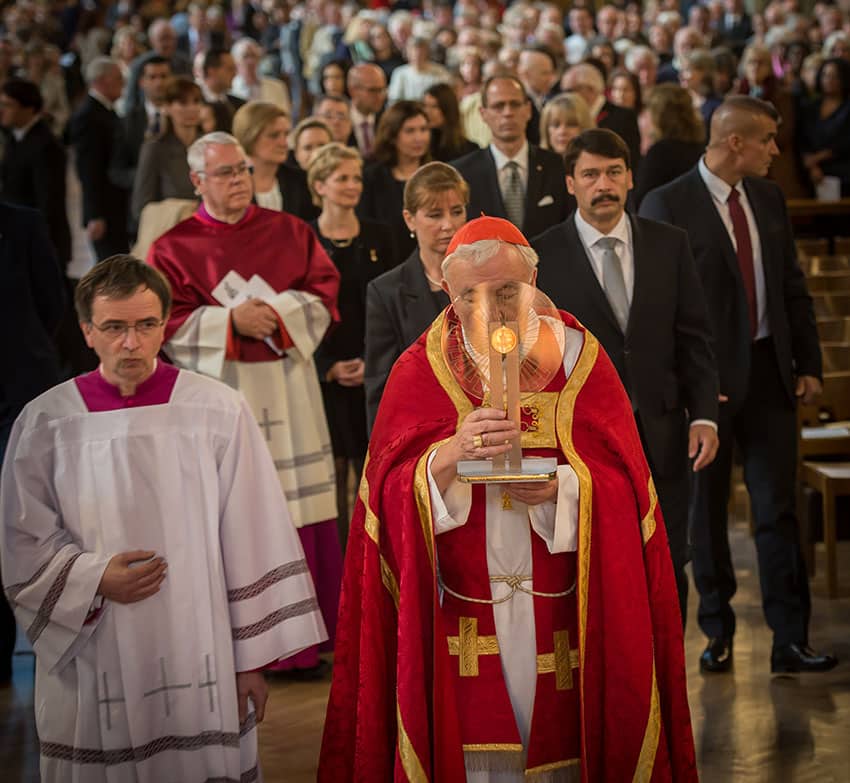
In September 1174, only weeks after the King had prayed in the Cathedral, less than 18 months after Becket’s canonisation and less than four years since he was murdered, Canterbury Cathedral was destroyed.
A vision to rebuild
The very site of the Archbishop’ s martyrdom had gone up in flames, though the Crypt and the body of Becket were providentially preserved. As with buildings of national significance like Notre Dame, conspiracy theories immediately emerged as to the cause of the fire at Canterbury but none were officially verified.
Nonetheless, reflecting deeply on this double tragedy of the murdered Archbishop and the destroyed Cathedral, the monks of Canterbury eventually decided that they needed to rebuild Canterbury Cathedral as an even more fitting pilgrimage site for St Thomas Becket.
They called upon William of Sens, a French architect who had assisted with Sens Cathedral to design the new Canterbury Cathedral. Similarities in the design of Notre Dame and Canterbury can thus be traced not just to the timing of the buildings in the 12th century but also to the origin of the designs both of which emerged originally from France.
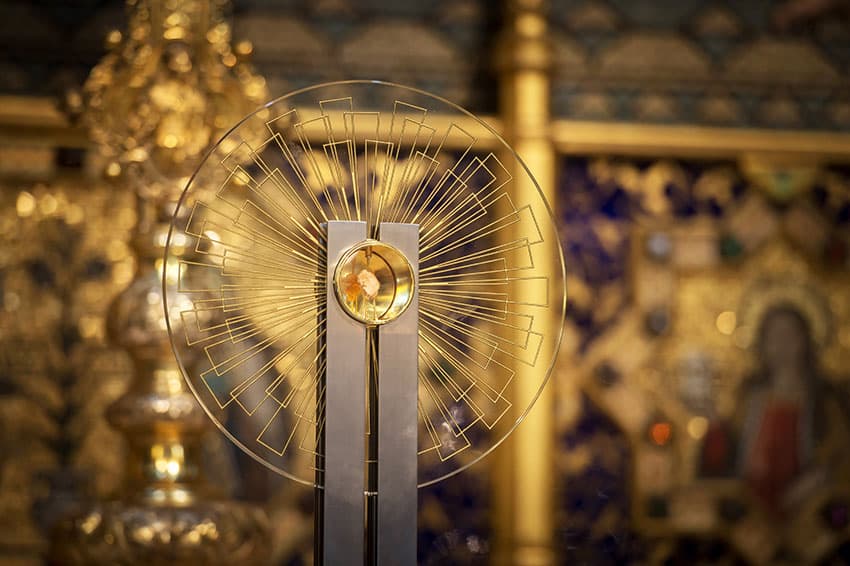
William of Sens came to Canterbury with a remarkable concept, the likes of which had not been seen in England previously – he would emphasise light rather than darkness in the new Cathedral. But in 1179, William slipped on the scaffolding and fell to the ground where he was rendered permanently disabled. William of Sens never worked again and died the following year. The Canterbury Cathedral restoration was meanwhile completed by one of his assistants known as William the Englishman.
The choir was completed in 1180 and by 1184, the present Trinity Chapel was constructed as part of the Cathedral, designed to house the shrine of St Thomas Becket.
Pilgrims begin to flock to Canterbury
Notre Dame Paris, meanwhile, was fully operating from 1182 following its consecration whilst Canterbury Cathedral reopened in 1184, meaning the two Cathedrals as they stand now are almost identical in age.
Following the restoration of Canterbury Cathedral, pilgrims then started visiting it in unprecedented numbers from across England and all of Europe.
Both Cathedrals have been the subject of significant literary works and in particular the two most famous fictional works about cathedrals.
Chaucer’s Canterbury Tales written between 1387-1400 chronicles the stories of pilgrims on the way to Canterbury to visit Becket’s shrine. Meanwhile Victor Hugo’s Notre Dame de Paris, known in English as The Hunchback of Notre Dame, was specifically written to assist in raising attention for the essential restoration of Notre Dame in the 19th century.
The Notre Dame fire of 2019 is now another similarity between these two historic buildings.
One final point of particular surprise is that whilst Canterbury Cathedral has had Archbishops dating back to St Augustine of Canterbury who established the See of Canterbury in the early Seventh century, there were only Bishops of Paris (and no Archbishops) until the 17th century. The first Archbishop of Paris was Jean-François de Gondi who was appointed in 1622.
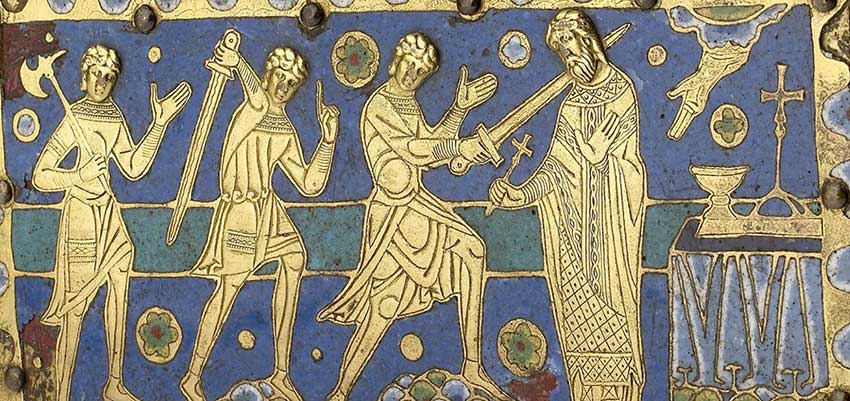
A TIMELINE OF TWO CATHEDRALS
1163 Laying of the cornerstone for the new Notre Dame Cathedral Paris by Bishop Maurice de Sully (Bishop of Paris) with King Louis VII and Pope Alexander III both present.
1163 In England, a dispute begins between Archbishop Becket & King Henry II.
1164 Archbishop Thomas Becket goes into exile in France, protected by King Louis VII.
1165 Bishop de Sully (Bishop of Paris) writes the first of several letters to Pope Alexander III supporting Archbishop Becket.
1170 (1 December) Archbishop Becket returns to Canterbury after 7 years in exile.
1170 (29 December) Archbishop Becket is murdered in Canterbury Cathedral by 4 English Knights.
1173 Pope Alexander III canonises St Thomas Becket
1174 (July) Henry II prays at Canterbury Cathedral
1174 (September) Canterbury Cathedral is destroyed by fire including most of the Cathedral (but importantly not the Crypt or the body of St Thomas Becket).
1175-76 Construction starts on rebuilding Canterbury Cathedral
1182 Notre Dame Paris consecrated by Bishop de Sully and a Papal legate in Paris.
1184 Canterbury Cathedral is fully restored including a new chapel for St Thomas Becket. Pilgrims begin to flock to Canterbury from across England & Europe.
1387-1400 Chaucer writes The Canterbury Tales, stories of pilgrims making their way to visit the shrine of St Thomas Becket
1831 Victor Hugo writes The Hunchback of Notre Dame, in part to raise awareness of the dire need to restore Notre Dame.
2019 A fire destroys Notre Dame Paris.
2020 The 850th Anniversary of St Thomas Becket’s martyrdom in Canterbury Cathedral.
Anthony McCarthy is the President of Artes Christi Australia
